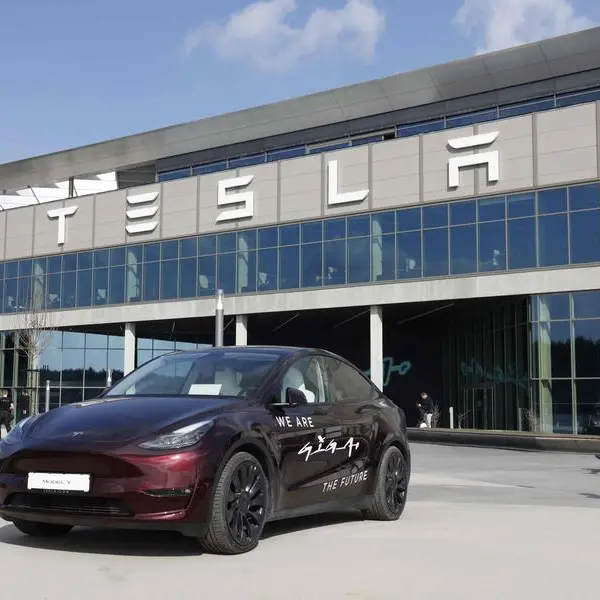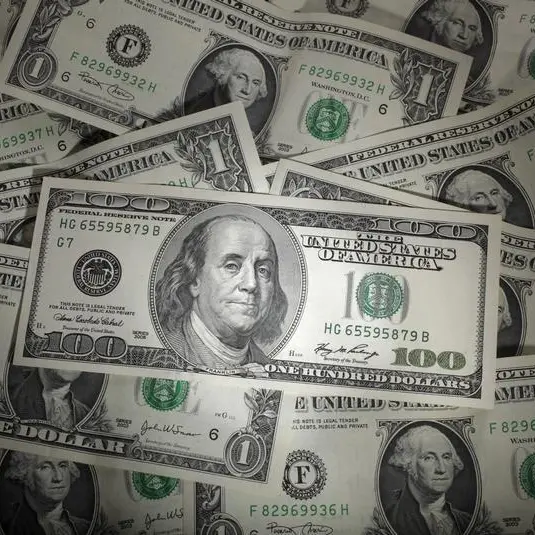*This article was co-authored by Menacorp financial analyst Molka Karray
Following the introduction of an excise tax, known as the ‘sin tax’ across the United Arab Emirates in 2017 on a number of carbonated and energy drinks, companies such as Dubai Refreshments Company (DRC) and Emirates Refreshments Company (ERC) reported a significant drop in sales, leading to fourth quarter losses of 10.6 million UAE dirhams ($2.9 million) for DRC and 1.5 million dirhams for ERC. These losses were attributed to the tax as the companies needed to pass on tax costs to consumers, which affected spending and consumer behaviour – the tax increased the cost of carbonated drinks by 50 percent and energy drinks by 100 percent.
Other firms, such as Gulfa Mineral Water & Processing Industries (Gulfa), which handles untaxable products such as bottled water. weren’t affected by the excise tax (although they were impacted by the introduction of the 5 percent value added tax in January.
However, the company has been affected by production and distribution costs due to the gradual increase in oil prices, which has been maintained throughout most of 2018. leading to Gulfa’s significant loss of 9.4m dirhams for the first nine months of 2018 on revenues of 18.7 million dirhams.
Despite the growth of the UAE’s bottled water sector due to the country’s desert climate, certain regulatory requirements such as intelligent labelling systems for tracking gallon bottles grew the company’s costs, taking away from recognised sales.
The main factor which has led to Gulfa’s losses, however, has been the increase in oil prices which had led to the increase of light blue plastic (Naphtha), raw material used in production of plastic bottles and caps, which increase average production costs per water bottle.
In fact, production costs absorbed 93 percent of Gulfa’s sales revenue for the first nine months of 2017 and led to a gross loss of 2.25m gross loss for the first nine months of 2018 (a clear indicator of growing costs). Coupled by Gulfa’s minimal interest in investing in a growth programme, as observed from its reduced financing capacity as it consumed close to an average of 5.5m dirhams in cash per year, the firm has little room to manoeuvre away from growing accumulated losses that have reached 17.6m dirhams by the end of September 2018, or 59 percent of paid up capital.
Looking forward, refreshment companies are expected to be pushed into making tougher decisions in order to improve their cashflows and balance sheets in attempts to maintain market share profitably.
While it isn’t possible to avoid local taxes, hedging against production costs is feasible through introducing a variety of financial instruments, making the sector more sophisticated and opening up room for fresh approaches, including mergers and acquisitions in this quiet industry. As Gulfa’s AGM is set for the 30th of December 2018, investors could be looking at a potential acquisition of the firm if no new capital is injected.
Any opinions expressed here are the author’s own
© Opinion 2018











